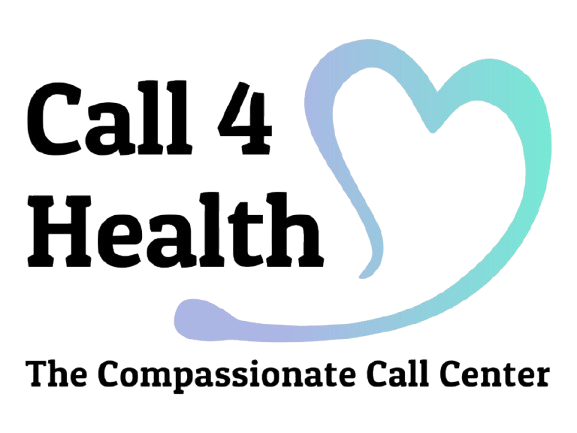Doctors and nurses diagnose and treat patients using video conferencing software in telemedicine. Health-care providers can also prescribe medications remotely. This allows them to save time and travel costs.
After a consultation, you can access your prescription through a secure portal. Read on to learn about five types of telemedicine health care you can receive.
1. Remote Monitoring
This is the delivery of diagnostic testing over the internet. It enables physicians to monitor your health remotely in real-time. As a patient in South Carolina, you will be able to view live streaming images of your heartbeat, blood pressure, temperature, oxygen levels, pulse rate, and breathing rate.
2. Live Virtual and Telephone Consultations
During a live virtual consultation, a doctor provides you with an on-site evaluation of your symptoms. To do this, they use specialized software to connect you with another physician who sits across from a computer screen. During these sessions, doctors can examine patients visually, listen to heartbeats, and measure lung capacity.
Another service is a telephone consultation with a nurse or physician who can help you when you need immediate medical assistance. This service is designed for acute conditions such as chest pain or severe headaches that can’t wait for an office visit.
Triage offers an alternative for those who don’t have insurance and cannot afford to wait at the emergency room. The triage nurse will collect your information, including vital signs, allergies, and previous diagnoses. They will then refer you to an appropriate specialist if necessary.
3. Online Counseling
Online counseling involves providing psychological support through videoconferencing technology. This includes advice on stress management techniques, anxiety treatments, cognitive behavioral therapy (CBT), medication compliance, and general wellness. Online counseling can also help people with addiction issues by giving them individual attention and one-on-one guidance.
4. Clinical Decision Making
Clinical decision-making involves medical records review, education, planning, treatment recommendation, and follow-up. Physicians use clinical decision-making to recommend tests and treatments.
This service has become particularly useful in rural areas without enough healthcare providers. Doctors can also use this method to share their expertise by answering questions posed by patients.
Typically, telemedicine health care increases patient satisfaction by more than 50%. There is no difference in quality between in-person and online visits. However, it’s important to note that online services in South Carolina still require face-to-face communication and interaction between patients and medical professionals.
5. Prescription Refills
Prescription refills are the easiest form of care to provide via telemedicine. You log in to your online account to verify that your prescription is ready. You will then be asked to pay a small fee to maintain the system for all users. Once the payment has been made, the prescribing doctor’s details will appear so that you can send a refill request directly from an e-mail address.
Telemedicine is a relatively new concept within health care. However, its popularity is growing rapidly due to high patient demand and increasing regulations. As telemedicine becomes more accessible, we expect to see many other forms of remote care emerge.




